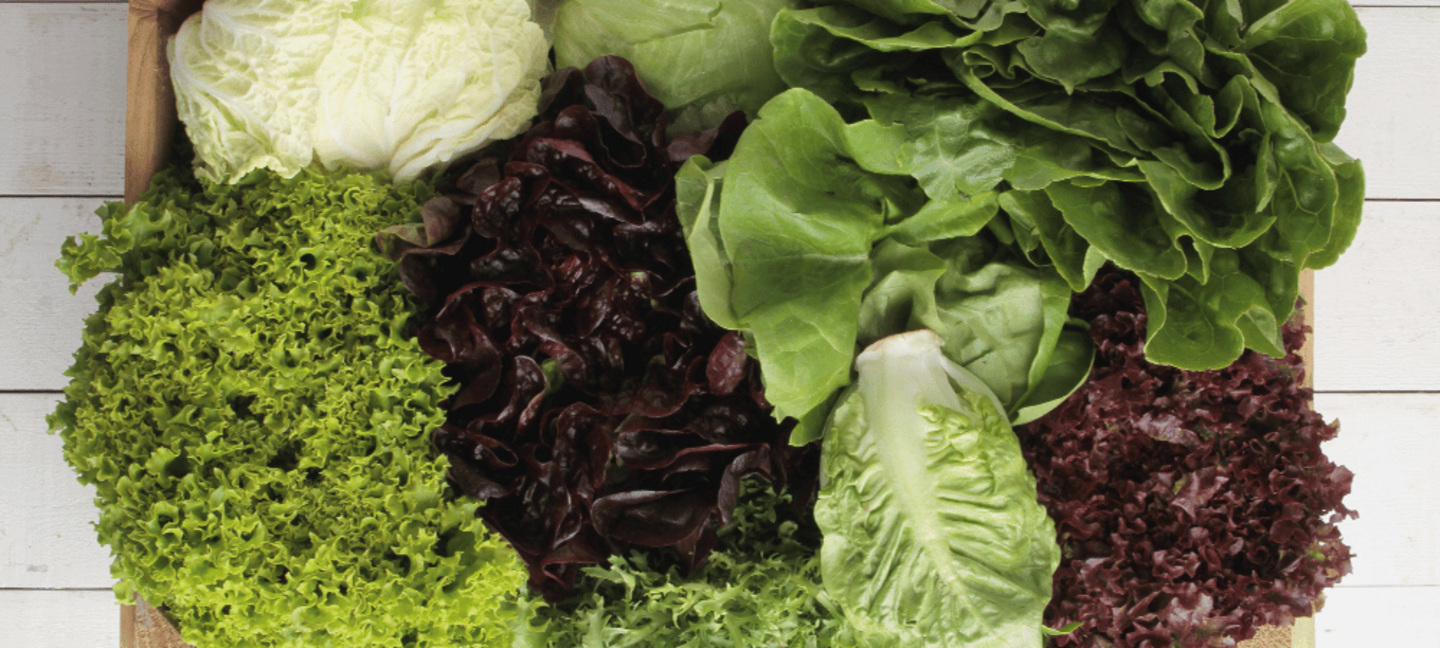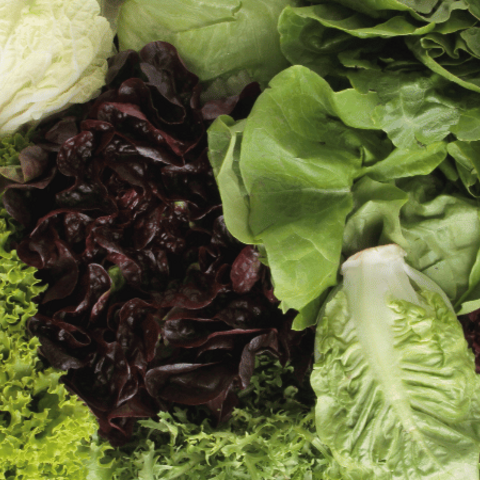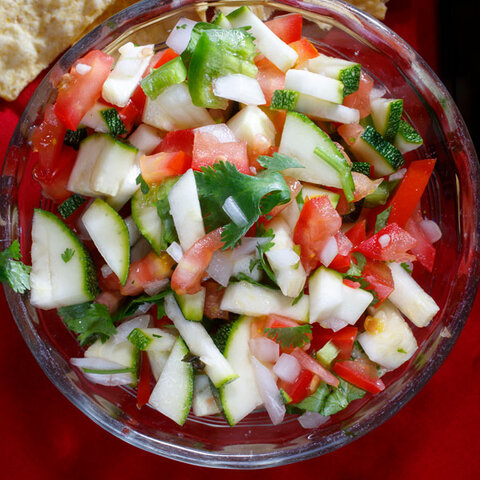
The raw leaves we toss into a salad may come from several varieties of lettuce: iceberg, romaine, butterhead, and loose leaf such as red or green leaf lettuce. Other salad greens used raw include spinach, kale, watercress, dandelion, radicchio and arugula.
Nutrition and Health Benefits of Leafy Salad Greens
Salad greens provide dietary fiber, which is beneficial in cardiovascular and gastrointestinal health. Dark leafy greens are generally more nutritious. Iceberg is known for being the least nutrient-dense salad green so it's best to mix it with other greens.
How to Select Leafy Salad Greens
Lettuce and other salad greens should look fresh and crisp, not wilted. Avoid leaves with brown edges or that are slimy.
How to Store Leafy Salad Greens
Separate the leaves and rinse thoroughly under cool running water. Dry on paper towels or in a salad spinner. Place in a plastic bag or storage container and refrigerate for up to one week.
How to Prepare Leafy Salad Greens
- Use large lettuce leaves as a wrap for meat and vegetables
- Add leafy greens to wraps, sandwiches, hamburgers, and tacos
- Coat a head lettuce like romaine and butterhead with olive oil and grill
- Use as a base for a salad and add other vegetables, fruits, nuts, and lean proteins
Seasonal Availability of Leafy Salad Greens in Nebraska
| Jan | Feb | Mar | Apr | May | Jun | Jul | Aug | Sep | Oct | Nov | Dec | |
|---|---|---|---|---|---|---|---|---|---|---|---|---|
| Harvest | x | x | x | x | x | x | x | x | x | |||
| Market | x | x | x | x | x | x | x | x | x |
Featured Recipes
Source:
- Seasonal Produce Guide - Lettuce, SNAP-Ed Connection
- Seasonal Produce Guide - Collard Greens, SNAP-Ed Connection






